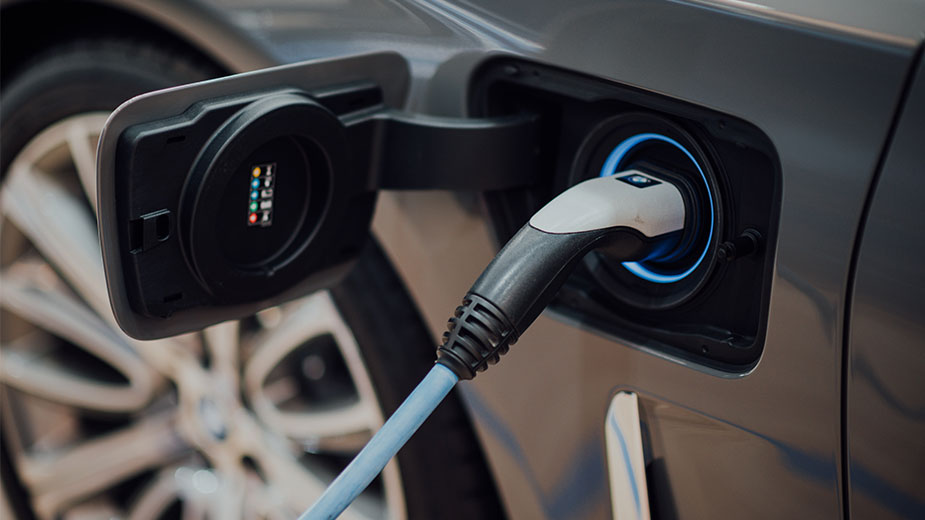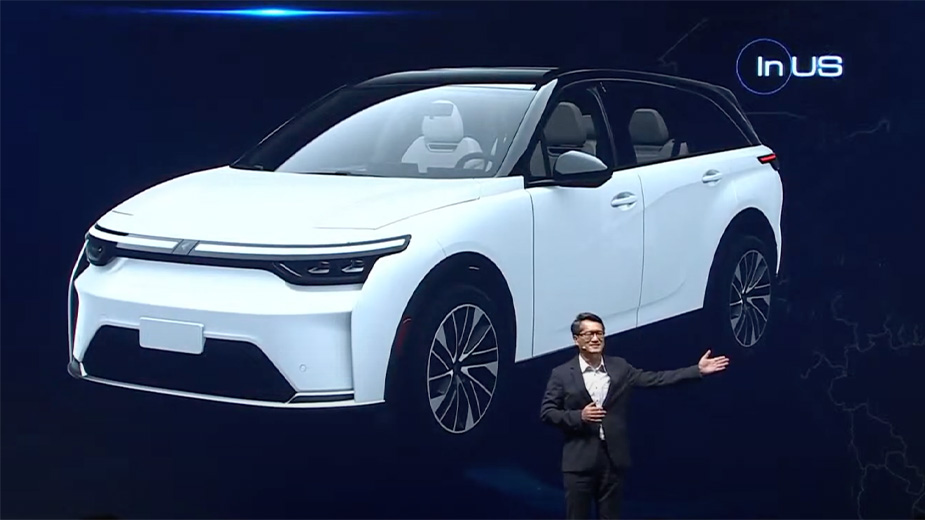Mahoning, Trumbull Counties Awarded Ohio EPA Grants for EV Chargers
COLUMBUS – The Ohio Environmental Protection Agency has awarded more than $1.6 million in grants to projects in Mahoning and Trumbull counties to construct DC Fast Charging stations for electric vehicles.
Three projects in Mahoning County received a total of $895,904 to install new EV stations, the largest combined award of any of the participating 25 counties.
Eastern Gateway Community College’s campus in downtown Youngstown is slated to receive $420,944 to install five, dual-port, 360 kW charging stations that serve 10 parking spaces, according to the Ohio EPA.
Two other Mahoning County locations were also awarded funding, the agency announced Monday.
A Shell Oil station at 998 E. Western Reserve Road has secured $271,720 to install four single-port 180 kW chargers, while a Pilot Flying J Travel Center at 10920 Market St. in North Lima was awarded $203,240 to install two dual-port 350 kW chargers and a single-port 100 kW charging station.
A Shell Oil location at 6985 Truck World Blvd. in Hubbard Township in Trumbull County was the sole recipient of a $271,720 grant to construct four single-port 180 kW chargers that serves four spaces.
The local awards are part of $7.9 million in Ohio EPA grants to support the installation of more than 150 publicly accessible electric vehicle DC Fast Charging ports at 32 locations in 25 counties in Ohio, the agency said. These grants will help improve access to electric vehicle charging infrastructure for travelers across the state.
Funding for the grants comes from money allocated to Ohio from the Volkswagen Mitigation Trust Fund. Public and private entities were eligible for the grants, which provide all or partial funding for the DCFC charging stations.
The competitive grants were awarded based on eight funding criteria with the goal of expanding accessibility for electric vehicles across the state.
Among the other counties that received grants are:
- Ashtabula County: Two locations are receiving grants totaling $474,960
- Butler County: Two locations are receiving grants totaling $330,000
- Clermont County: One location is receiving grants totaling $348,395
- Cuyahoga County: Two locations are receiving grants totaling $338,560
- Delaware County: One location is receiving grants totaling $271,720
- Erie County: One location is receiving grants totaling $374,036
- Fairfield County: One location is receiving grants totaling $348,000
- Franklin County: One location is receiving grants totaling $271,720
- Greene County: One location is receiving grants totaling $414,616
- Hamilton County: One location is receiving grants totaling $176,673
- Lake County: One location is receiving grants totaling $165,000
- Licking County: One location is receiving grants totaling $340,925
- Lorain County: Two locations are receiving grants totaling $330,000
- Lucas County: One location is receiving grants totaling $179,410
- Madison County: One location is receiving grants totaling $203,240
- Medina County: Two locations are receiving grants totaling $474,960
- Montgomery County: One location is receiving grants totaling $189,505
- Ottawa County: One location is receiving grants totaling $380,918
- Portage County: One location is receiving grants totaling $165,000
- Sandusky County: One location is receiving grants totaling 349,895
- Stark County: One location is receiving grants totaling $348,000
- Summit County: One location is receiving grants totaling $165,000
- Warren County: One location is receiving grants totaling $165,000
The Volkswagen Mitigation Trust Fund resulted from a lawsuit that alleged VW installed defeat devices on certain vehicles from model years 2009 through 2016. The devices activated during emissions testing made vehicles appear to be compliant with the law, when in fact, during an on-road operation, the vehicles emitted nine to 40 times the allowable amount of nitrogen oxides, a harmful air pollutant. A settlement filed with the federal court allocated funds to states based on the number of vehicles with the illegal devices that were registered in each state.
The trust agreement requires each state to develop a plan identifying how funding will be allocated to 10 allowable uses that can reduce nitrogen oxide emissions and offset damages. Ohio EPA has posted a copy of its program plan on the Office of Environmental Education web page.
Additional federal funds for charging stations are anticipated to come to Ohio through the National Electric Vehicle Infrastructure, or NEVI, program, which is administered by Drive Ohio.
Published by The Business Journal, Youngstown, Ohio.



